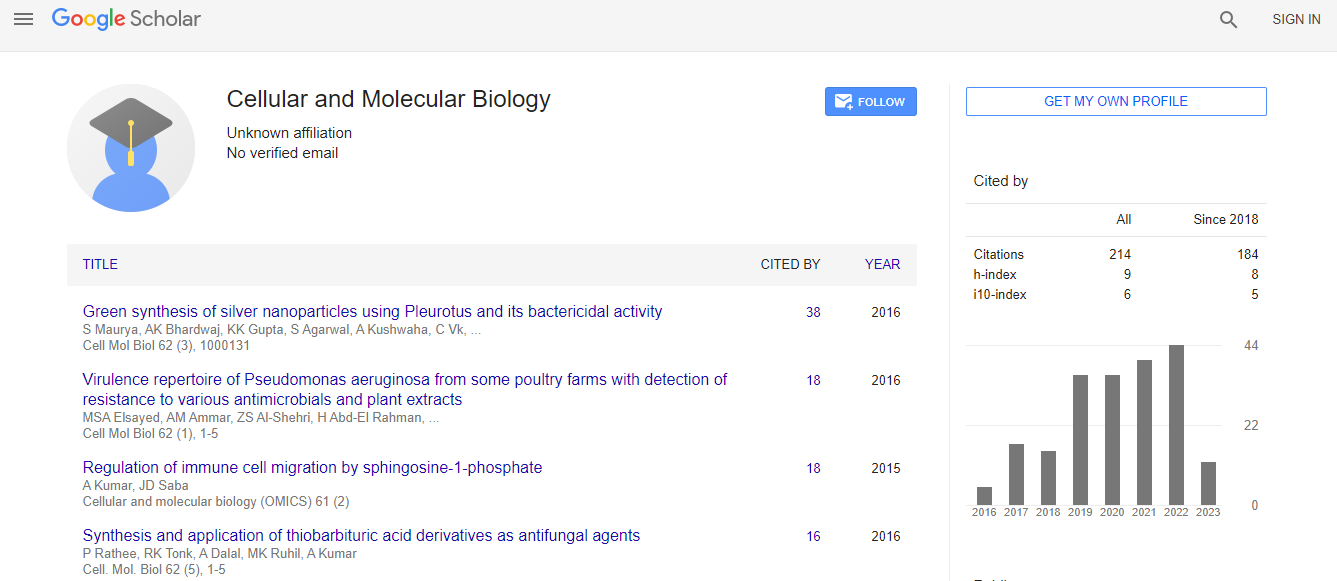Improving Maggot Therapy: Mass Rearing and Molecular Identification of Lucilia Sericata (Meigen, 1826) Larvae in Maggotarium, School of Health, Shiraz
*Corresponding Author: Hamzeh Alipour, Department of Medical Entomology, Shiraz University of Medical Sciences,Shiraz, Iran, Tel: 0917-3020051, Email: hamzehalipour993@yahoo.com
Citation: Bagheri M, et al. (2021) Improving Maggot Therapy: Mass Rearing and Molecular Identification of Lucilia Sericata (Meigen, 1826) Larvae in Maggotarium, School of Health, Shiraz. Cell Mol Biol, Vol.67 Iss.6 No:201.
Copyright: © 2019 Bagheri M, et al. This is an open-access article distributed under the terms of the Creative Commons Attribution License, which permits unrestricted use, distribution, and reproduction in any medium, provided the original author and source are credited.
Abstract
Introduction: Lucilia sericata is a member of the Caliphoridae family of insect class. This species has a complete metamorphosis and feeds on dead and decaying tissues as necrophage species. Sterile larvae of this species are used in maggot therapy for wound healing. Objectives: The aim of this study was to breed and identify the morphological and molecular identification of the Lucilia sericata species in Maggtarium of Shiraz School of Health. Methods: Lucilia sericata species were bred under standard conditions in the maggotarium of Shiraz School of Health. They were identified using morphological methods and then, molecular identification and phylogenetic analysis were performed using PCR and CO1 diagnostic marker. Discussion: In this study, due to the importance of Lucilia sericata species in the method of maggot therapy, accurate and correct knowledge of this species can lead to the proper larval therapy. Increasing the resistance of wounds to antibiotics has led to the use of maggot therapy in the past.

 Spanish
Spanish  Chinese
Chinese  Russian
Russian  German
German  French
French  Japanese
Japanese  Portuguese
Portuguese  Hindi
Hindi 
